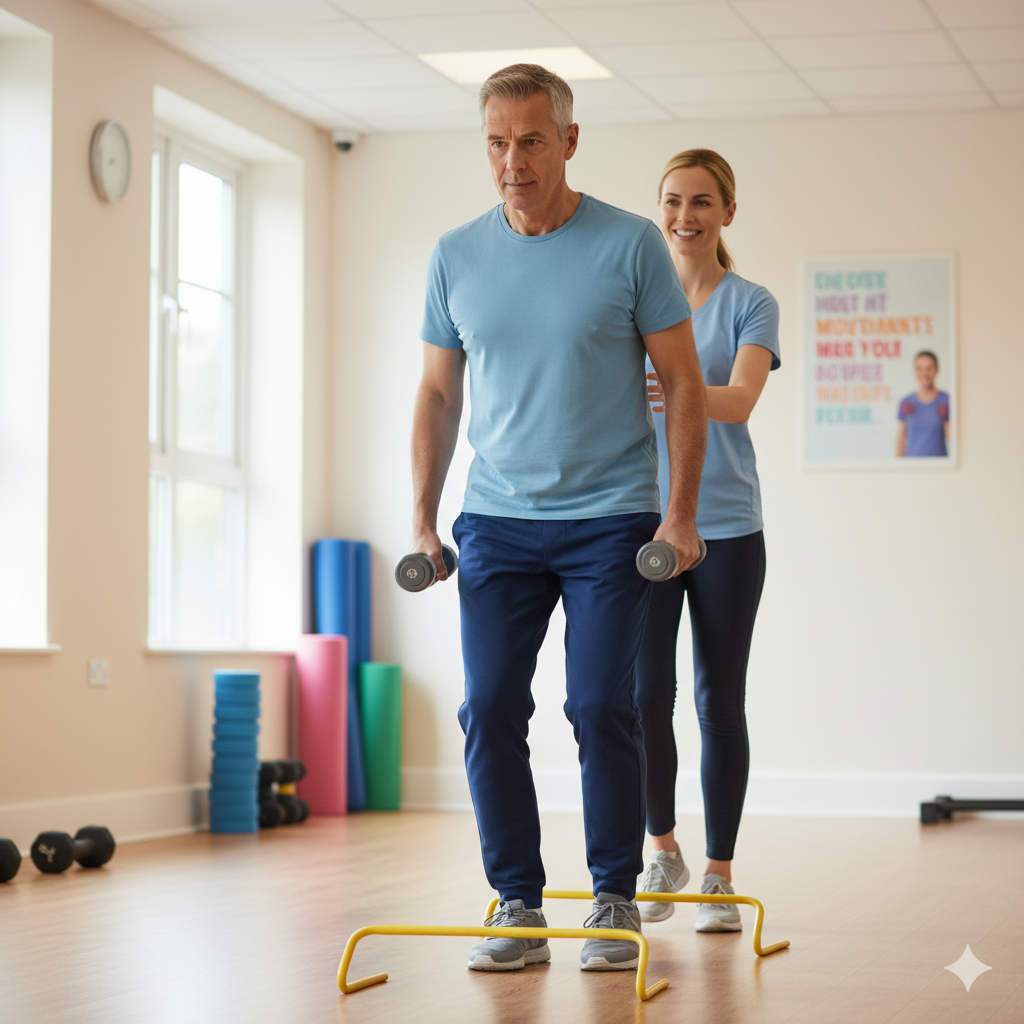

Quick pop quiz: what’s free, has no side effects, and might just help your brain fight back against Parkinson’s? If you guessed exercise, give yourself a gold star.
While medications are essential, researchers keep shouting from the rooftops that exercise is one of the most powerful ways to slow Parkinson’s down. And no, we’re not talking about lifting weights like The Rock (unless that’s your thing). We mean consistent, targeted movement that gets your heart, muscles, and brain in sync.
Let’s break down the science and show you exactly how movement can be medicine.
Researchers from institutions like the Parkinson’s Foundation, Cleveland Clinic, and the National Institutes of Health agree: consistent, vigorous exercise helps the brain adapt and may even protect neurons from further damage.
Studies have shown:
One study even found that high-intensity treadmill training led to slower symptom progression in early Parkinson’s compared to people who did not exercise as regularly.
Great question. Here’s the science without the headache:
Exercise increases blood flow to the brain, reduces inflammation, and boosts the release of brain chemicals like dopamine and BDNF (brain-derived neurotrophic factor). Dopamine is the very thing Parkinson’s patients lack, so anything that helps protect or boost it is kind of a big deal.
In simpler terms: when you move your body, your brain gets stronger.
Not all movement is created equal. To really see benefits, research suggests a mix of the following:
Think: brisk walking, cycling, dancing, swimming
Think: resistance bands, weights, bodyweight workouts
Think: Tai Chi, yoga, targeted Parkinson’s programs
Programs like Rock Steady Boxing and PWR! Moves are designed to challenge both body and brain.
Start small. The goal is consistency, not perfection.
And most importantly, talk to your doctor or a Parkinson’s-trained physical therapist before starting any new exercise routine.
Many people with Parkinson’s report fewer falls, more energy, and even delayed medication increases after beginning a regular workout plan. Some say boxing gave them their confidence back. Others swear by dance classes.
It’s not just about building muscle. It’s about reclaiming a sense of control.
Exercise isn’t a magic pill, but it might be the closest thing we’ve got when it comes to slowing Parkinson’s.
It helps your body move better, your brain stay sharper, and your mood stay brighter. Whether it’s a walk around the block or a boxing class, movement matters.
So lace up, show up, and get moving. You’re not just working out—you’re working against Parkinson’s progression, one step at a time.

